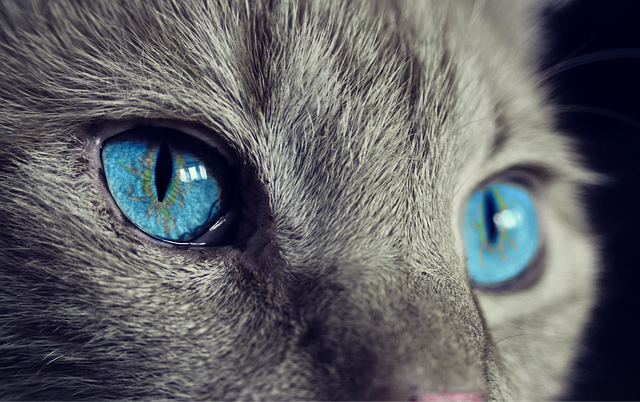While Park Cities Pet Sitter does a lot of dog walking and dog sitting in Dallas, we also take care of many, many, many cute and cuddly cats. And just because cats also have four legs, tails and fur doesn’t mean that we should treat them (and read their behavior) in the same way we treat the dogs under our care.
Our Dallas cat sitters go through cat behavior training when they are hired to make sure they are aware of the signs and signals cats give us about how they are feeling. Renowned animal behavior author, Arden Moore, wrote the cat curriculum we study to best equip ourselves as professional pet sitters; below are just some of the informative tidbits she highlights in our Dallas cat sitter training:
- Cats are considered solitary hunters. They are also unique in that they are both prey and predator. They get into a fight-or-flight mindset when perceive a threat and tap into their innate predatory behavior of chasing, pouncing and killing moving prey.
- Cats mask their pain. In the wild, cats can’t afford to disclose any weakness, especially to larger predators. Even indoor cats still instinctively disguise any signs of pain or sickness, even from people who love and protect them. That it is why it is important to pay attention to any changes in eating or drinking habits, vocalization, behavior (hiding or becoming agitated), sleep or litter box usage.
- Cats are candid about what they want, when they want it.
- Cats tap their powers of observation and learning by association to use household routines to their advantage in getting us to give them treats and affection.
- Cats use their whiskers to measure if they can fit through small openings, detect prey in the dark and signal moods (relaxed whiskers when content and tense, pointed forward whiskers when on alert or feeling threatened).
- Cats vocalize more with people than other cats. That is because they are quick studies and realize we are not as attuned to their obvious body language signals.
- Cats rely less on sounds and more on body postures and scent marking when communicating with each other.
- Cats tend to get along with other cats in a household when there are ample resources (litter boxes, food bowls, toys) and space for each to keep the peace.
- Two cats can co-exist without being chums – so don’t force a feline friendship.
- When a cat and dog are friends and play wrestle, the cat makes no sounds and does not flee, but rather, walks away or jumps up on a surface the dog cannot reach when the cat determines play time is over.
- Cats purr not only when they are content but also when they are afraid or in pain as a way to reassure or comfort them. That explains why some cats purr while being examined on the exam table by a veterinarian.
- Cats are capable of making more than 30 sounds, ranging from the high-pitched, pleasant mew (a polite request) to a musical trill chirp (a happy greeting to a favorite person) to a quivering cackle (when highly aroused by spotting a bird) to the back-off hiss (a warning sound before striking).
- The cat’s tail acts as a mood barometer. A relaxed question-mark tail conveys a playful mood. A tucked away tail signals fear or submission. A puffed-up tail reflects a severely agitated or frightened cat who is trying to look bigger to ward off danger. A whipping tail signals a warning to back away. A tail that twitches at the tip is a sign of curiosity and excitement.
Cats sure are interesting, aren’t they? If you know someone that absolutely adores cats and critters of all kinds, maybe they can be a future Dallas cat sitter for Park Cities Pet Sitter—so send them our way! It is a highly rewarding career full of smiles, snuggles and daily surprises.

